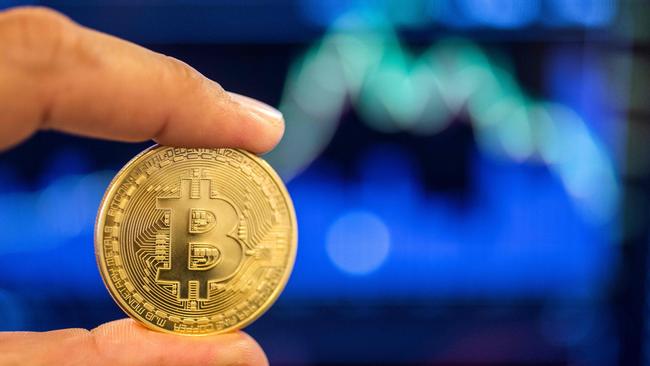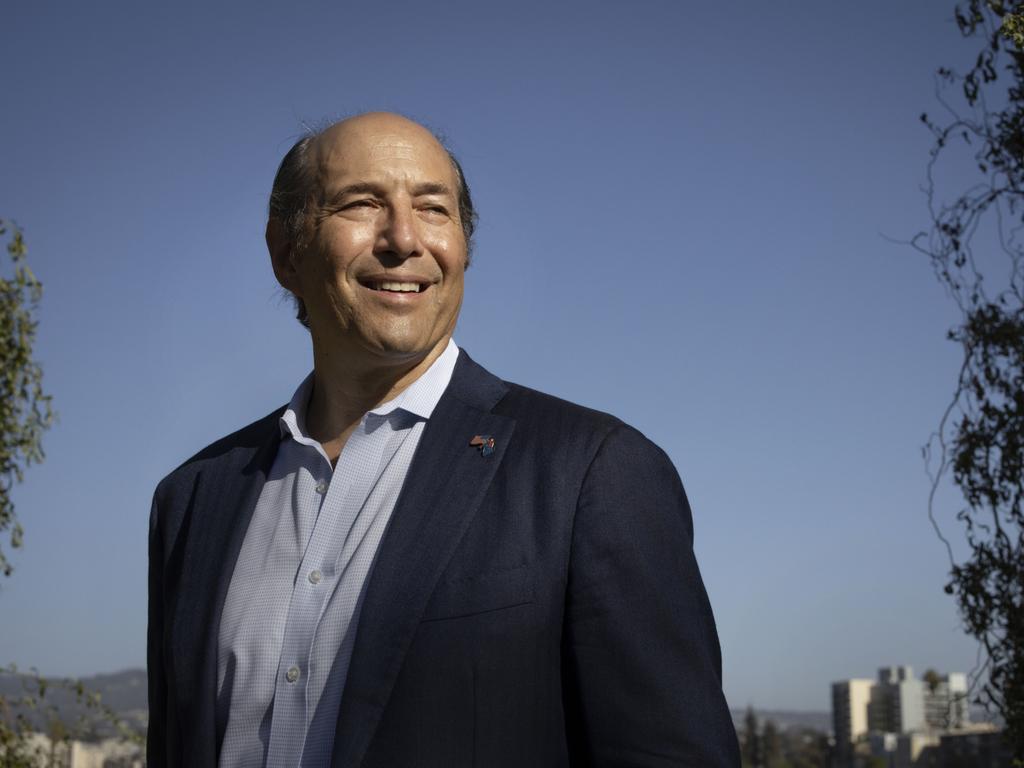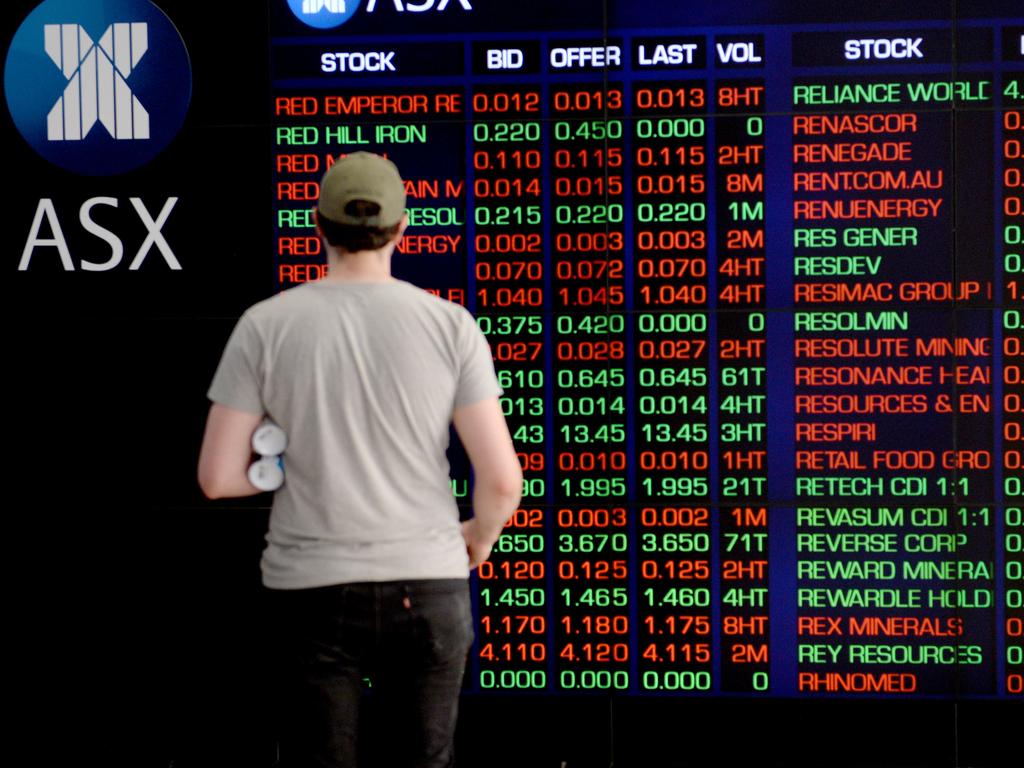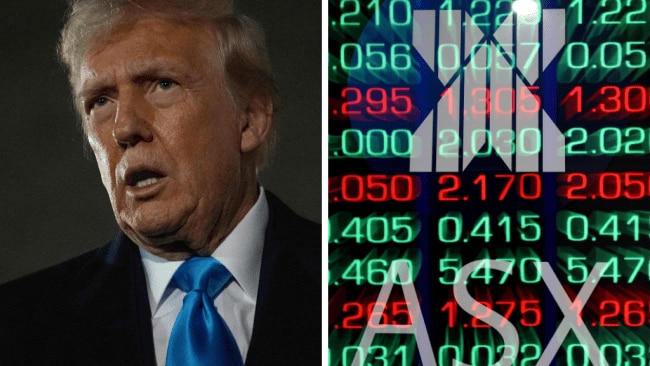The second coming: why Bitcoin is regaining currency with investors

This week the price of a Bitcoin passed $US15,000, or $20,740, and the “market cap” of all Bitcoin went above $400bn, equal to that of CBA and Westpac combined.
It also happens to be a fortnight after the 12th anniversary of Bitcoin’s birth in the white paper published by Satoshi Nakamoto on October 31, 2008, headed: “Bitcoin: A Peer-to-Peer Electronic Cash System.”
Far from crashing and burning, as expected when its price fell 80 per cent in 2018, the cryptocurrency – and in fact all 2000 or so cryptocurrencies — have not only survived, they are hot again, or at least Bitcoin is.
In fact, by doubling this year Bitcoin has easily outperformed that other store of value — gold (up 22 per cent) — as well as the booming Nasdaq (up 31 per cent, although comparing them is a bit like comparing Woolworths with Temple & Webster: there is apparently $US9 trillion worth of gold in the world and the market cap of the Nasdaq is $US16 trillion, so 30 and 50 times the size of Bitcoin, respectively.
But the little cryptocurrency is punching above its weight. This week legendary hedge fund investor Stanley Druckenmiller revealed he had invested in Bitcoin and expected it to “work better than gold, because it’s thinner, more illiquid and has a lot more beta to it”.
That was after another Wall Street legend, Bill Miller, declared that he “strongly recommends” Bitcoin, and yet another hedge fund legend, Ray Dalio, who said that if it kept going up, governments would have to outlaw it, which would be its crowning imprimatur, of course.
I think Druckenmiller and Dalio are both right.
Bitcoin looks better than gold because the limit on supply does not depend on how much can be found and dug up, and whether central banks decide to sell it or not. The limit is embedded in the thing itself, and demand is not complicated by its dual purpose as jewellery and a safe haven investment, backed by billions of dollars in exchange traded funds.
Bitcoin is the first investment asset that is nothing more than a pure reflection of people’s belief in it; you can’t see it or hold it, and it’s neither produced nor regulated by government. It exists only in software, thousands of unrelated computers, and believers’ minds.
And Dalio is probably right that it will get banned, or at least banned as a medium of exchange. Barack Obama once said it would be like everybody walking around with a Swiss bank account in their pocket, and he’s right. Governments could not possibly accept a form of money they couldn’t trace.
Although that does raise the matter of untraceable banknotes. There are 404 million Australian $100 bills in circulation, or 22 per cent of all notes, but we hardly ever seen them in the shops and you can’t get them from ATMs. Where are they all? They are also “Swiss bank accounts” — not in your pocket, but under the bed, or in a safe somewhere.
Anyway, the world’s central banks have decided that if you can’t beat them, join them: most of them, including the RBA, are studying or actually working on central bank digital currencies (CBDCs).
No one is rushing to issue them yet, but a few countries appear to be close, notably China.
The head of payments policy at the RBA, Tony Richards, said in a speech a month ago that although they were closely watching developments, “the bank’s view is that no strong public policy case has yet emerged for the introduction of a CBDC for general use. Australian households and businesses have access to payment services that have been upgraded significantly in recent years and meet most of their current needs.”
What would a CBDC be? Simply a digital form of money issued by the central bank directly to the public. At the moment, central bank digital money is wholesale only, and goes to banks, which then convert it into retail deposits and loans.
Would a CBDC cut out the banks? Not according to Richards: “It is likely that private-sector payment service providers like banks or fintech firms would be responsible for distribution to households, account-keeping services, customer verification such as know-your-customer (KYC) and anti-money-laundering and counter-terrorism financing checks, transaction verification, provisioning of any mobile devices and so on.”
But the use of physical cash is declining (apart from the use of $100 notes to avoid tax and prosecution, which is growing) and money is rapidly going digital, so it probably makes sense eventually for the banking system to go all the way and use blockchain technology fully.
A paper published last month by the Bank for International Settlements that promoted the use of CBDCs said they “could promote more resilient, efficient, inclusive and innovative payments”.
All this work by central banks to develop digital currencies is probably also providing some validation for Bitcoin, even though it’s more like the enemy, to the extent that it’s seen as an alternative form of money. But that doesn’t seem to be why people are buying it again. It’s just an investment asset that some people like and think will protect their wealth, and as long as enough people keep thinking that, they’ll be right.
Alan Kohler is the editor in chief of Eureka Report






